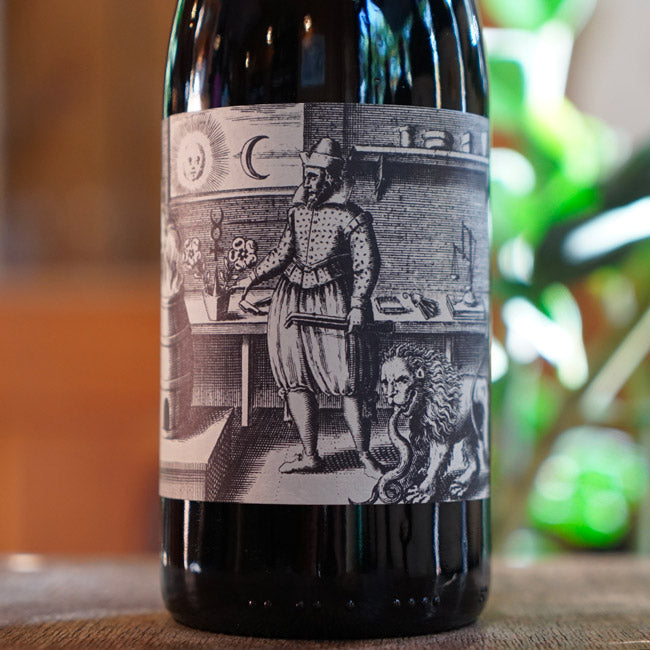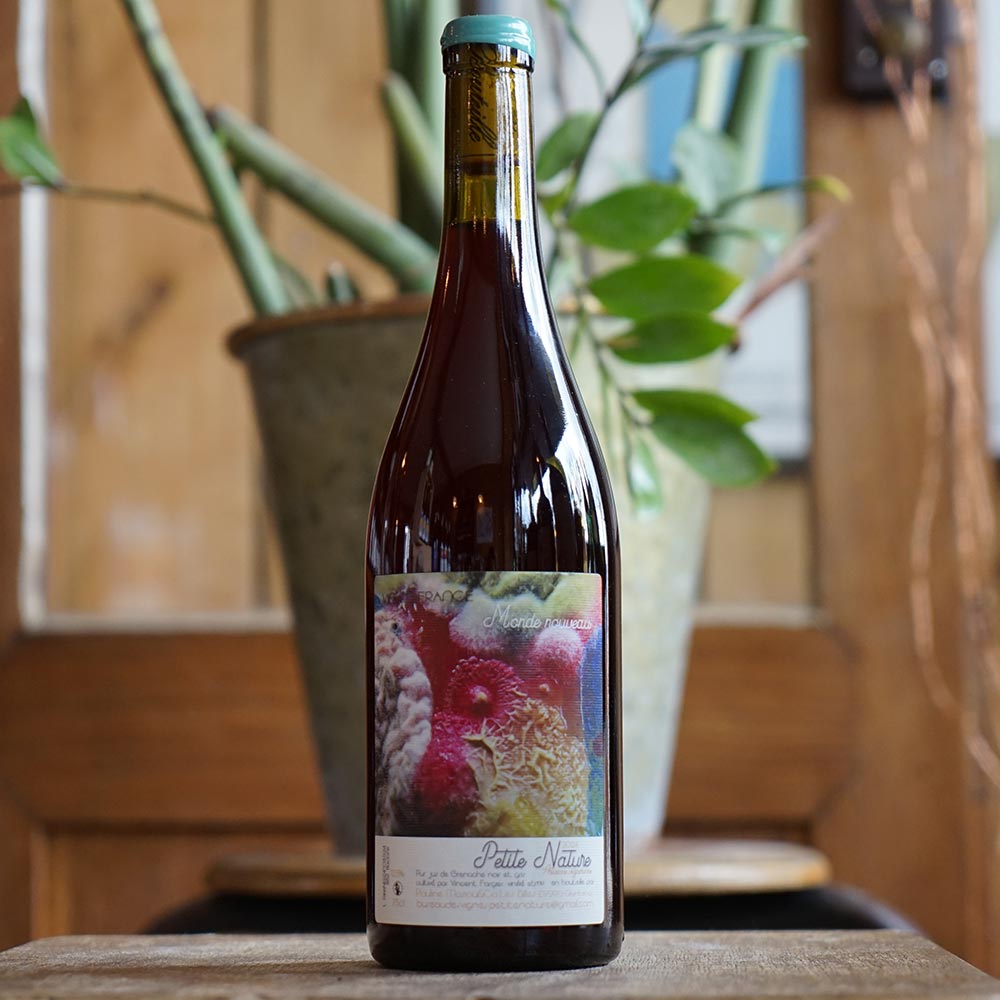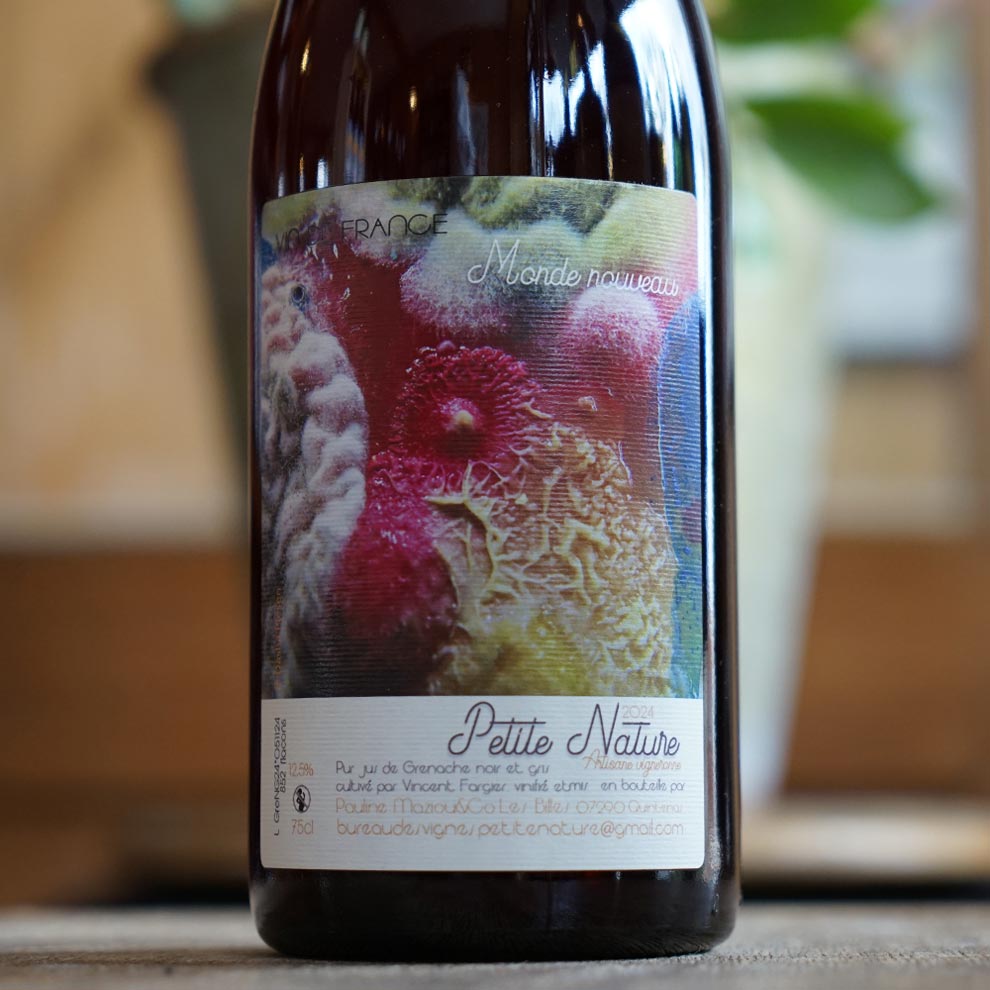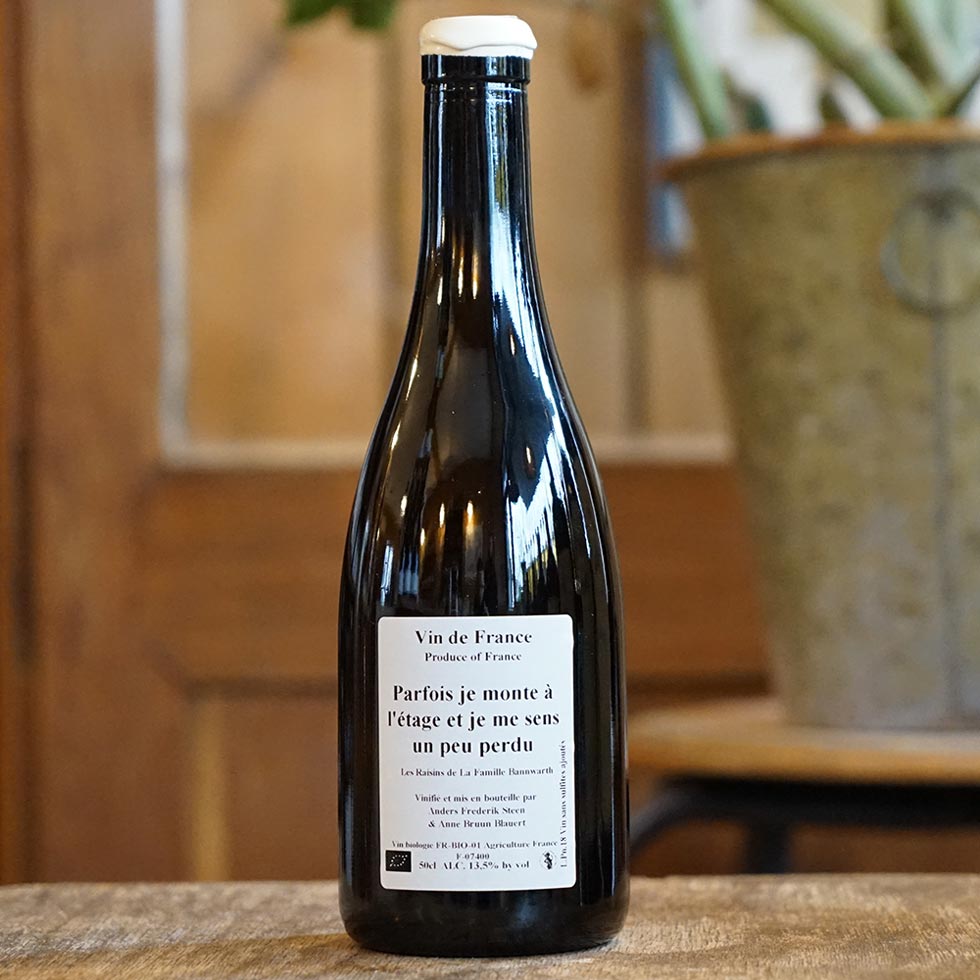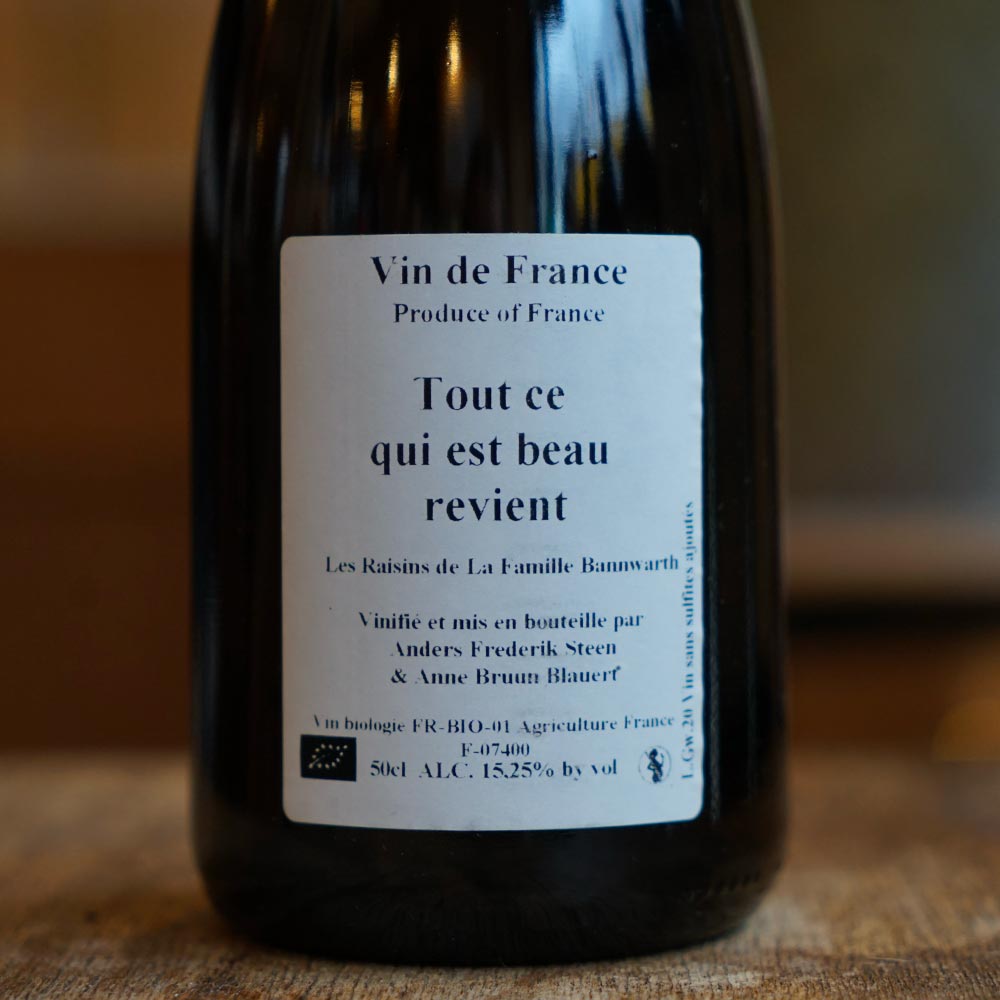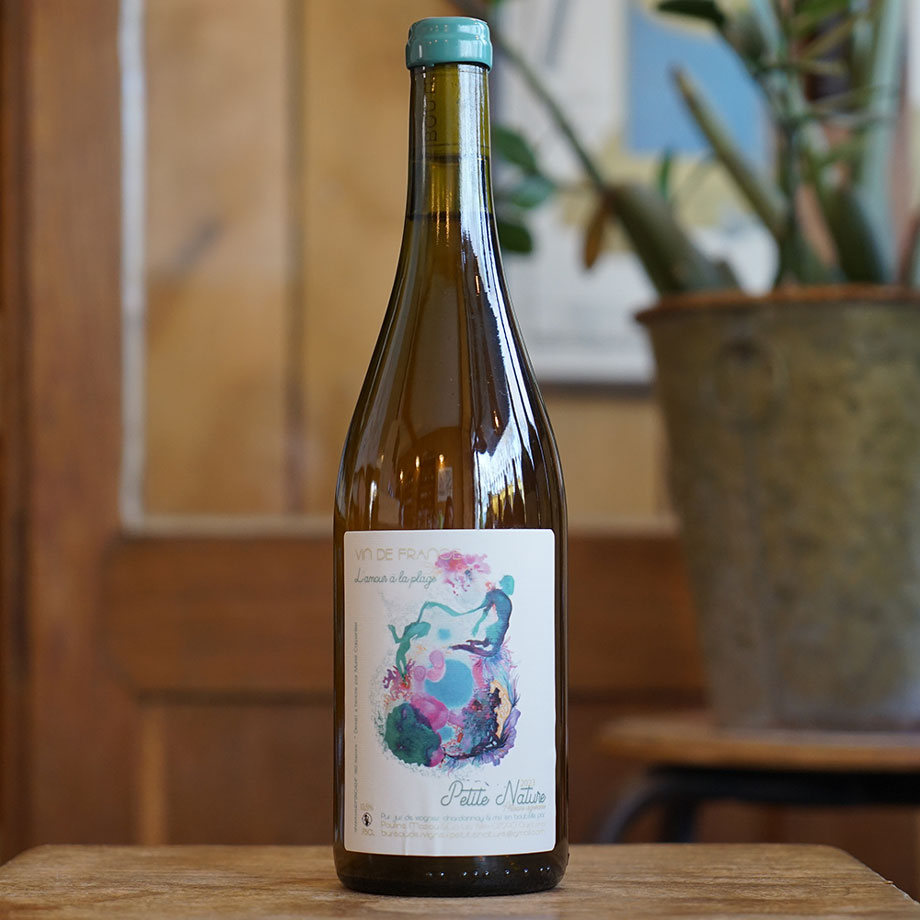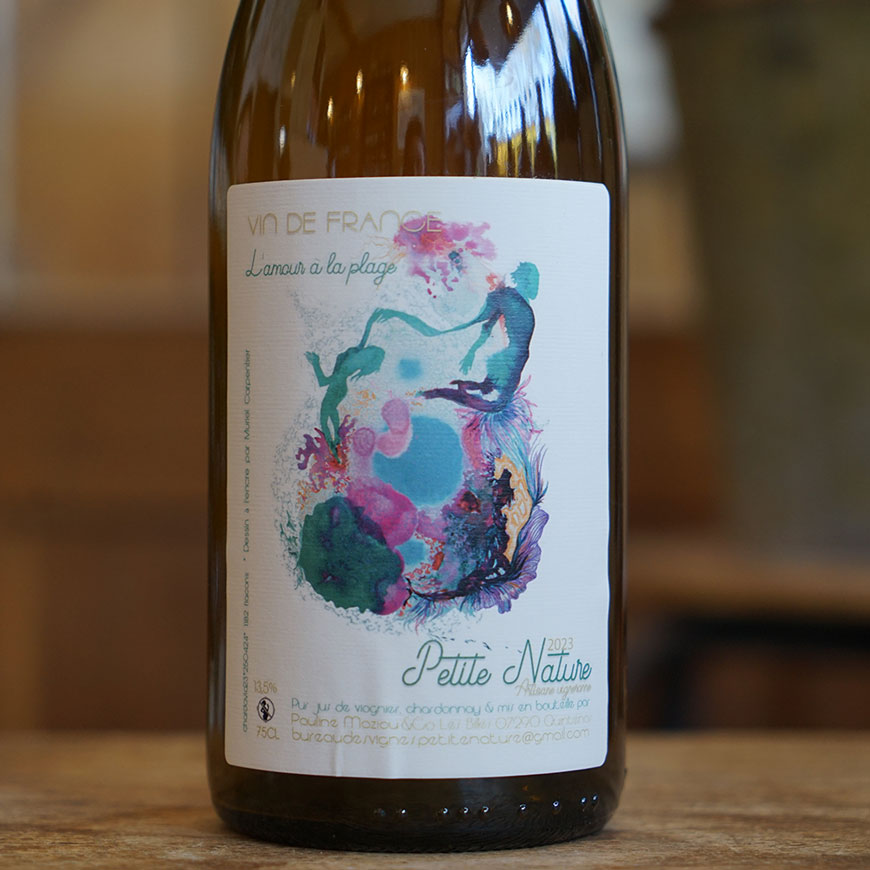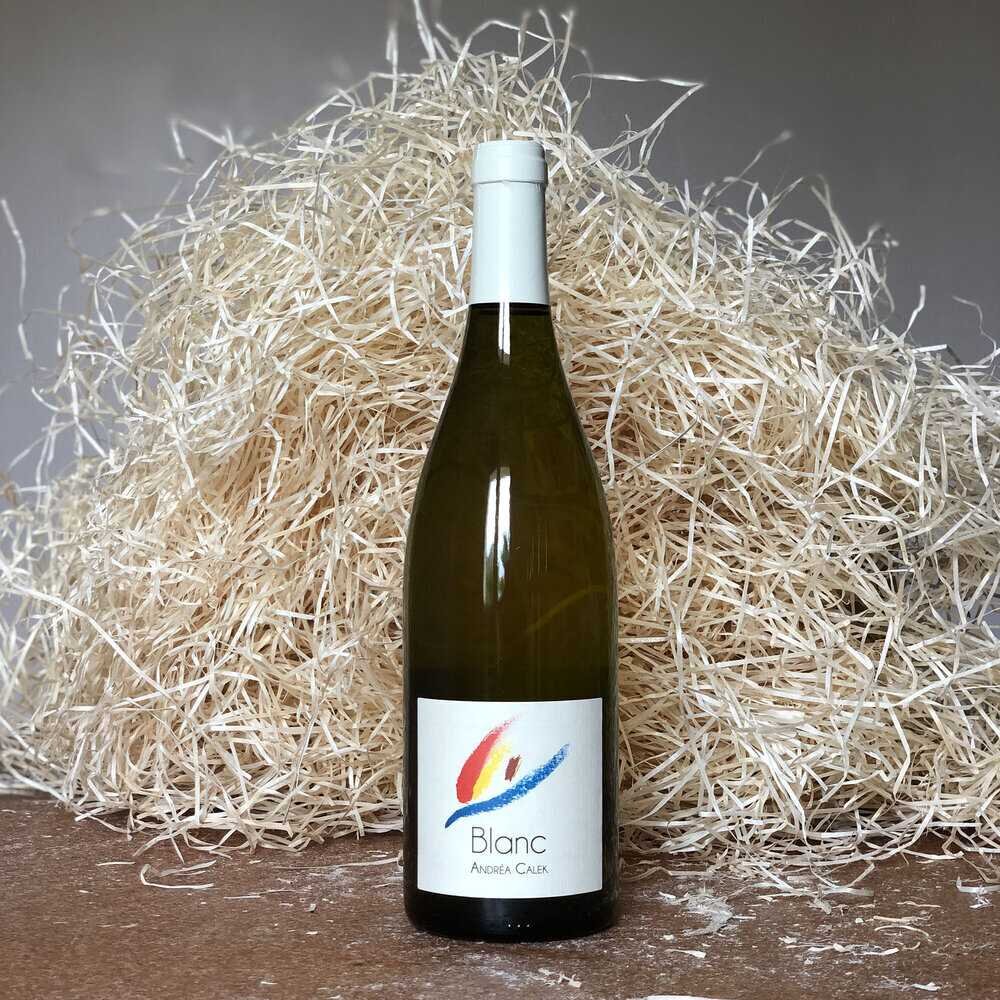Wines from Ardèche
A vineyard in transition between north and south
The Ardèche vineyards cover more than 8,500 hectares along the Rhône Valley , between the Condrieux and Saint-Joseph appellations to the north and the city of Orange to the south. This makes it a magnificent meeting point between the Syrah grapes of the north and the Grenache grapes of the south!
A restructuring of the wine industry to produce better
This wine-growing area underwent a major restructuring plan in the 1970s, aimed at reducing production areas in order to produce less but better quality wine . A large-scale uprooting and replanting campaign took place, and all hybrid grape varieties were replaced by so-called " noble " varieties such as Grenache , Cinsault , Syrah , Gamay , Cabernet Sauvignon , and Merlot , a practice that continues to this day.
A wealth of white grape varieties
As for white grape varieties , we can find a great similarity with the whites of the Rhône since we find Chardonnay , Viognier , Grenache Blanc , Roussanne , Marsanne but also Sauvignon as well as Clairette .
Diverse terroirs with multiple influences
These foothills of the Massif Central also offer us a beautiful multitude of terroirs where the lands of garrigue with their brown and stony soils mix with the old alluvial terraces , while passing through marly limestones and other Jurassic sandstones .
A welcoming land for a young generation of natural winemakers
A perfect playground for many young natural winemakers looking to establish themselves in a beautiful and rich wine region. Indeed, even though 14 cooperative wineries vinify over 90% of the vineyard's production , numerous new wineries are being established in the area. The vast majority of these are organic , biodynamic , and focused on the pursuit of the most natural winemaking possible.
Committed figures of living wine in Ardèche
Proof of this lies in the arrival of Pauline Maziou in 2019 with her Petite Nature estate . After training with renowned names in natural winemaking in the heart of the Ardèche region— Jean Delobre at Ferme des Sept Lunes and Daniel Sage —she decided to settle there. The same was true for Andréa Calek , who established herself there after working with another prominent local natural winemaker, Gérald Oustric . Without compromise, Andréa Calek and Stéfana Nicolescu strive to create the purest possible wines without any additives. This philosophy is shared not only by Pauline Maziou but also by Patricia and Rémi Bonneton of Domaine de l'Alezan , an estate now well-known to all lovers of natural Ardèche wines, where all wines are made without chemical additives or SO2.



